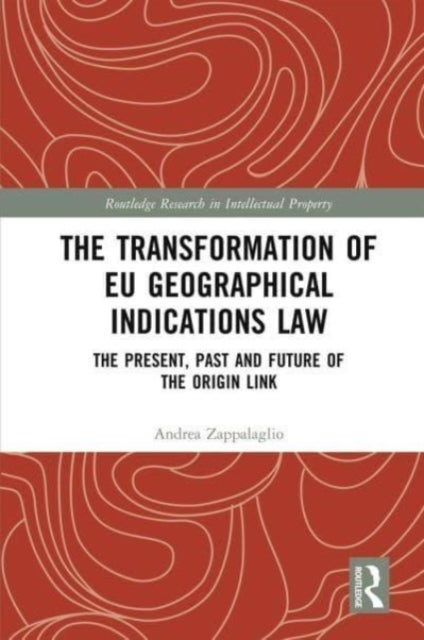
The Transformation of EU Geographical Indications Law av Andrea Zappalaglio
489,-
<P>Linking traditional and local products to a specific area is increasingly felt as a necessity in a globalised market, and Geographical Indications (GIs) are emerging as a multifunctional tool capable of performing this and many other functions. This book analyses the evolving nature of EU sui generis GIs by focusing on their key element, the origin link, and concludes that the history of the product in the broad sense has become a major factor to prove the link between a good and a specific place.</P><P>For the first time, this area of Intellectual Property Law is investigated from three different, although interrelated, perspectives: the history and comparative assessment of the systems of protection of Indications of Geographical Origin adopted in the European jurisdictions from the beginning of the 20th century; the empirical analysis of the trends emerging from the practice of EUGIs; and the policy debates surrounding them and their importance for the fulfilment of the general g








